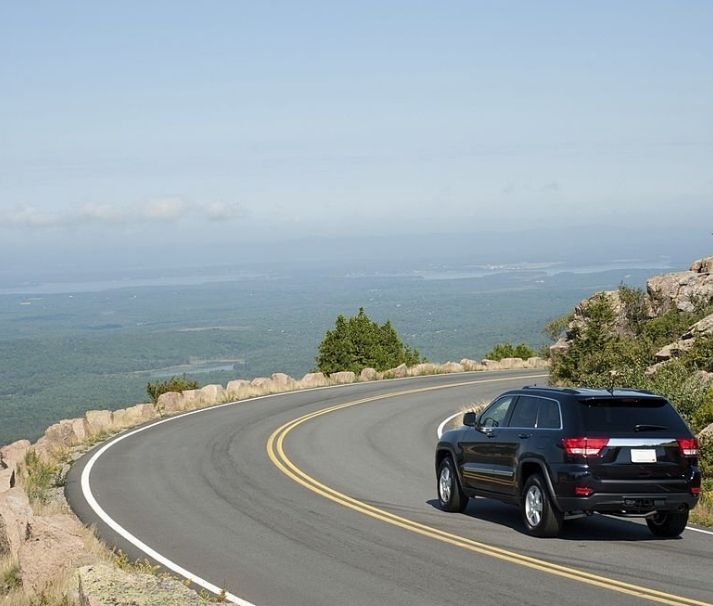
Choosing a suitable vehicle to rent in Crete depends on understanding the available rental car categories suited for the island’s roads and travel conditions. Compact sedans like the Skoda Octavia are best for on-road use, while rugged SUVs such as the Toyota Rav4 are more suited for mixed driving conditions. Minivans work best for larger groups, while hybrids and electric cars are ideal for city-based travel.
Convertibles appeal to tourists seeking open-air drives along coastal routes. Travelers can select from manual or automatic transmissions, with additional car equipment offered for safety, comfort, and entertainment. Car rental prices in Crete vary by vehicle class, location, and season, with compact cars starting at €18 (£15) per day. Understanding these car classes helps travelers match their rental to their route, group size, and personal preferences, ensuring a smoother, more practical driving experience across Crete.
Find below a list of the rental car classifications.
Sedans are standard four-door passenger vehicles designed primarily for on-road use. A typical sedan seats up to five people and accommodates two to three medium-sized suitcases in the trunk. Popular models in this category include the Skoda Octavia and Volkswagen Passat Sedans are highly suitable for solo travelers, couples, or small families who plan to drive mostly on paved roads and within cities. These cars offer good fuel efficiency, smooth handling, and comfortable seating, making them a practical option for longer drives across Crete’s national highways. The key advantages of renting a sedan include its ease of use, safety features, and suitability for normal terrain and road situations. Sedans handle well on urban roads, coastal routes, and main highways. However, renters should note a few downsides. Sedans are not ideal for rugged terrain or steep, unpaved mountain roads. Things to consider include limited ground clearance and reduced storage compared to SUVs or vans. Renters should assess their travel route, number of passengers, and luggage size to ensure the car matches their needs before choosing a sedan.
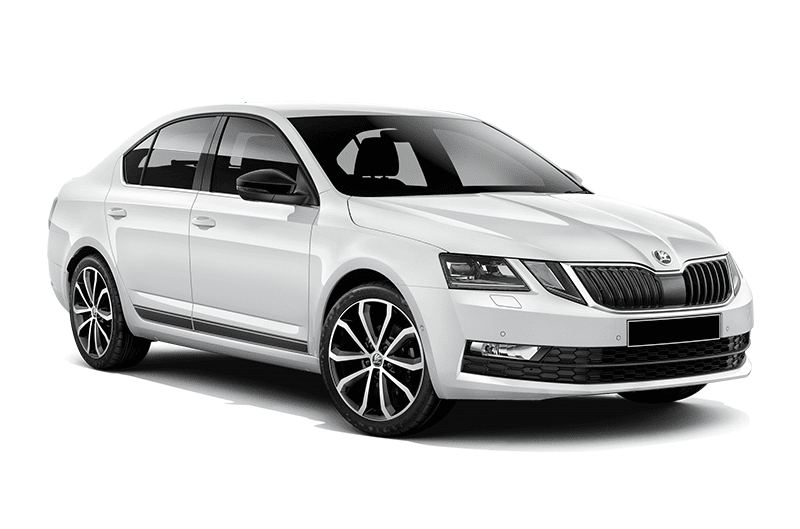
SUVs, or Sport Utility Vehicles, are larger, more powerful cars designed for mixed driving conditions, including uneven terrain and off-road travel. Most SUVs seat up to five people, although larger models like the Volvo XC90 can accommodate up to seven. They typically fit three to five medium-sized suitcases, depending on the configuration. SUVs are perfect for families, groups, or travelers planning to explore rural areas, mountain villages, or beaches that require travel on gravel or unpaved roads. Popular models in this category include the Toyota Rav4, Nissan X-Trail, and Volvo XC90. The primary advantages of renting an SUV are higher ground clearance, enhanced safety, and strong performance on varied terrain and road situations. SUVs offer better visibility and traction on steep hills, winding roads, or uneven surfaces. Their larger size also improves comfort during long-distance trips. Renters should still consider a few downsides, as SUVs consume more fuel than smaller cars, and may be harder to park in tight city spaces. Other things to consider include the higher rental cost and the need for confident driving in larger vehicles. Renters should evaluate whether their route requires off-road capability before selecting an SUV.
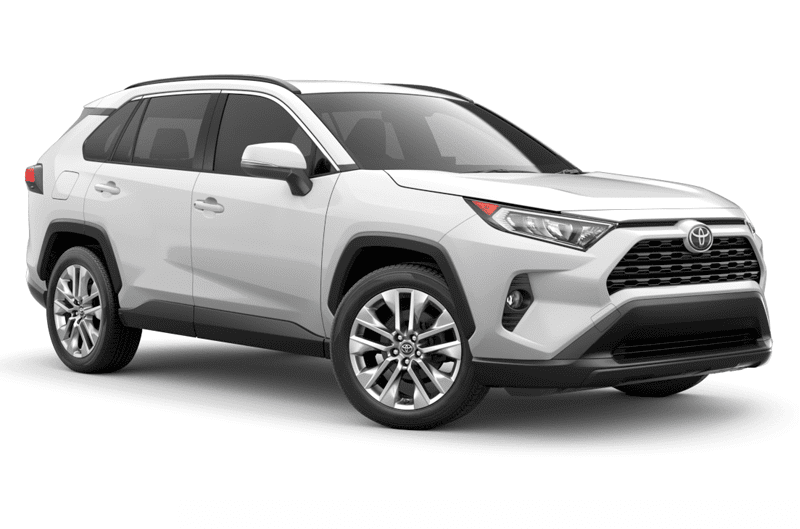
Minivans are multi-purpose vehicles designed to carry more passengers and cargo than standard cars. Most minivans seat up to seven people and offer space for five to six medium-sized suitcases, making them ideal for group travel. Popular examples include the Volkswagen Caddy Maxi, Fiat Doblo, and Peugeot Rifter. Minivans are perfect for large families, small tour groups, or travelers carrying sports or camping equipment. Their spacious interiors and flexible seating arrangements provide added comfort for long trips or airport transfers with bulky luggage. The main benefits of renting a minivan include a wide service area, good visibility, and ease of use for larger parties. Minivans perform well on paved roads and main highways, offering a balance between capacity, safety, and comfort. They handle regular road situations with stability and ease, although they are not designed for rough terrain. Renters should consider several downsides before choosing a minivan, as these vehicles have reduced fuel efficiency and more difficult maneuverability in narrow village roads or tight parking spots. Other things to consider include overall trip length, route conditions, and driving confidence in larger vehicles.
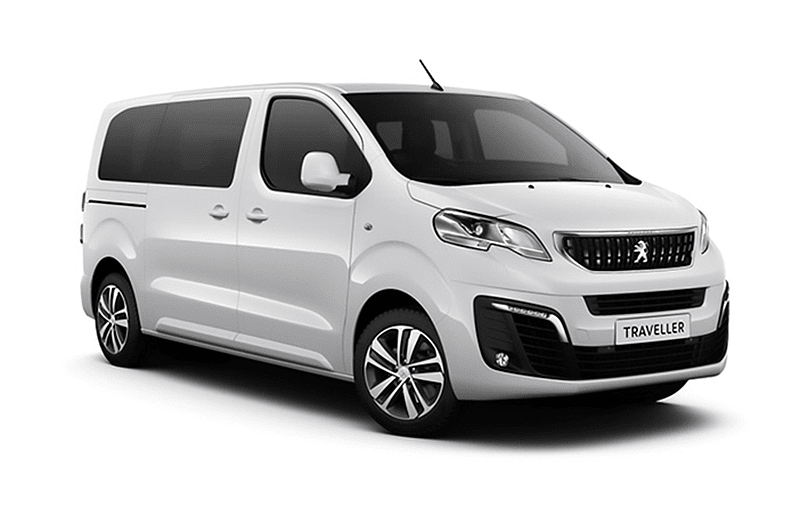
Hybrid and electric cars are vehicles powered by electricity alone or a combination of fuel and electricity. Most models in this category seat up to five people and accommodate two to three medium-sized suitcases. Common examples include the Toyota Yaris Hybrid Automatic, Tesla Model Y Long Range, Suzuki Swift Hybrid, and Nissan Qashqai Hybrid. These vehicles are appropriate for eco-conscious renters, city drivers, and tourists planning short-to-medium trips with regular access to charging stations or fuel. Hybrid and electric cars offer smooth performance, low emissions, and excellent fuel efficiency, making them ideal for paved terrain and standard road situations in Crete. Advantages include lower running costs, reduced environmental impact, and quiet, comfortable driving. Their ease of use and regenerative braking enhance safety in both urban and highway settings. These cars are a good choice for travelers staying near charging points or tourists planning city-based routes. Renters should note some downsides, as fully electric cars depend on charging infrastructure, which may be limited in rural areas. Other things to consider include battery range, availability of charging stations, and the possibility of longer refueling times. Hybrid vehicles offer more flexibility but may still require careful route planning.
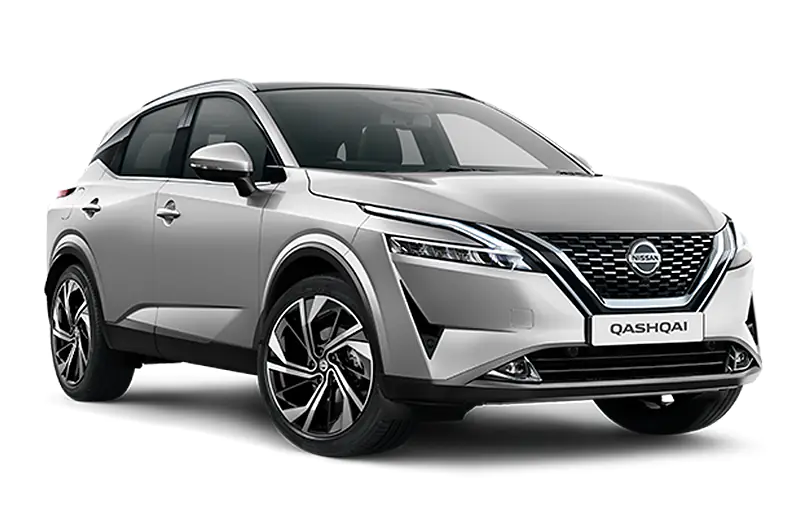
Convertibles are passenger cars with retractable or removable roofs, designed primarily for open-air driving experiences. Most convertibles seat two to four people and fit one to two medium-sized suitcases in the trunk. Popular models include the Volkswagen Beetle Convertible, Volkswagen T-Roc Convertible, and Opel Cascada. Convertibles are perfect for couples or solo travelers planning to drive along beautiful coastal routes or explore Crete’s urban areas in good weather. These vehicles offer a fun and stylish way to enjoy the island’s climate while driving through towns and beachside roads. The benefits of renting a convertible include increased visibility, a unique driving experience, and ease of use in well-paved road situations. These cars are best suited for mild terrain and dry weather conditions, providing adequate safety for standard routes. They are not recommended for mountain drives or remote areas with rough terrain due to lower ground clearance. Downsides to take note of are that convertibles have limited luggage space, less rear-seat comfort, and may lack insulation from noise or heat. Other things to consider include wind exposure, weather changes, and reduced practicality for long-distance travel or family use. Renters should check roof operation before driving and always monitor weather forecasts when planning routes.

The rental car to go for in Crete depends on the travel route, group size, luggage needs, and driving preferences. Terrain, road situation, fuel economy, parking conditions, and safety features are key factors when choosing the best car type. Sedans are best for paved road trips between cities or sightseeing on main highways. They are ideal for couples, solo travelers, or small families planning moderate travel with light luggage. SUVs are suited for trips involving rougher terrain, mountain roads, or remote beaches with unpaved paths. They are best for families or groups who prefer vehicles with higher ground clearance, extra space, and enhanced safety in varied road situations. Minivans are recommended for large families, group travelers, or visitors with heavy luggage. These vehicles perform well on long-distance trips and main roads, offering comfort and space for up to seven passengers. Hybrid and electric cars are suitable for city-based routes, short-to-medium distances, and travelers with access to charging stations. These cars are best for eco-conscious individuals or travelers seeking lower fuel costs in urban settings. Convertibles are ideal for scenic drives along the coast in dry, warm weather. They suit solo travelers or couples looking for a light, stylish, open-roof driving experience on paved roads.
The types of equipment offered on Crete car rentals vary by vehicle category and rental company, but most include standard features designed for safety, comfort, and entertainment. Car rental equipment for safety, comfort, and entertainment typically includes air conditioning, ABS brakes, airbags, power steering, Bluetooth connectivity, and USB charging ports. Many vehicles are equipped with GPS navigation systems or offer them as optional add-ons. Child seats and booster seats are available upon request, often for an extra daily fee. Transmission type is another key feature to consider. Both manual and automatic transmission options are offered across most rental categories, with automatic vehicles more common in mid-range to premium models. Travelers unfamiliar with manual gear shifting may prefer automatic cars for ease of use, especially on steep or narrow roads. Renters should review available features to ensure the car meets their specific needs before booking, whether for long-distance comfort, urban driving, or family travel.
The cost of a car rental in Crete depends on vehicle type, rental duration, season, pickup location, and included features. Daily rates for compact to large cars typically range from €18–€31 (£15–£26). SUVs average around €44 (£38) per day, while convertibles and vans start at €49 (£42) per day. Popular car rental Crete locations include Heraklion Airport, Chania Airport, downtown Heraklion, Rethymno, and major coastal resorts. These areas offer the widest selection of vehicles and the most competitive prices due to high demand and larger rental fleets. The most rented car types in Crete are compact cars and sedans, as they provide an affordable balance between fuel efficiency, comfort, and ease of use on the island’s roads. SUVs are common for visitors planning to explore rural terrain or mountainous areas. Minivans and convertibles are often preferred by families and couples traveling during peak travel months. Tourists should book early in the summer season, compare offers from multiple agencies, and review insurance terms to secure the best rate.
For over a decade, Justrentals has been providing travelers with quality car rentals at affordable prices. We have a wide selection of cars to choose from and offer convenient pick-up and drop-off locations across the island.
Whether you are looking for a sedan, SUV, minivan, or convertible, we have the perfect rental car for your needs. Book online today or contact our customer service team for assistance.